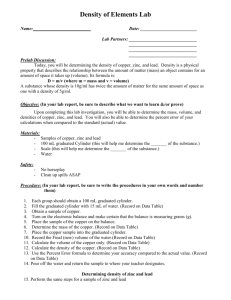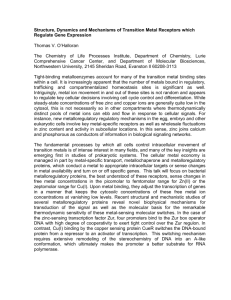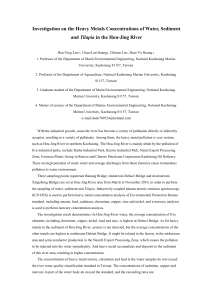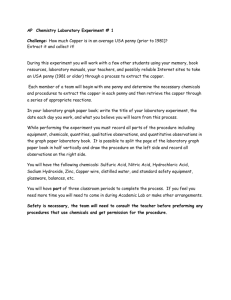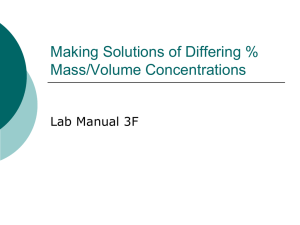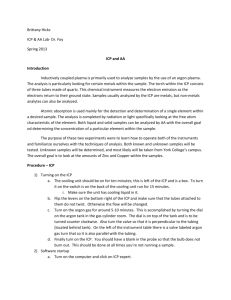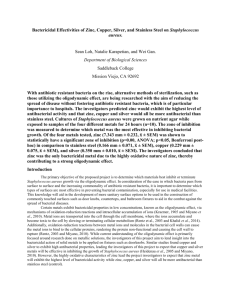Pini et al._Zoology 2014_abstract
advertisement
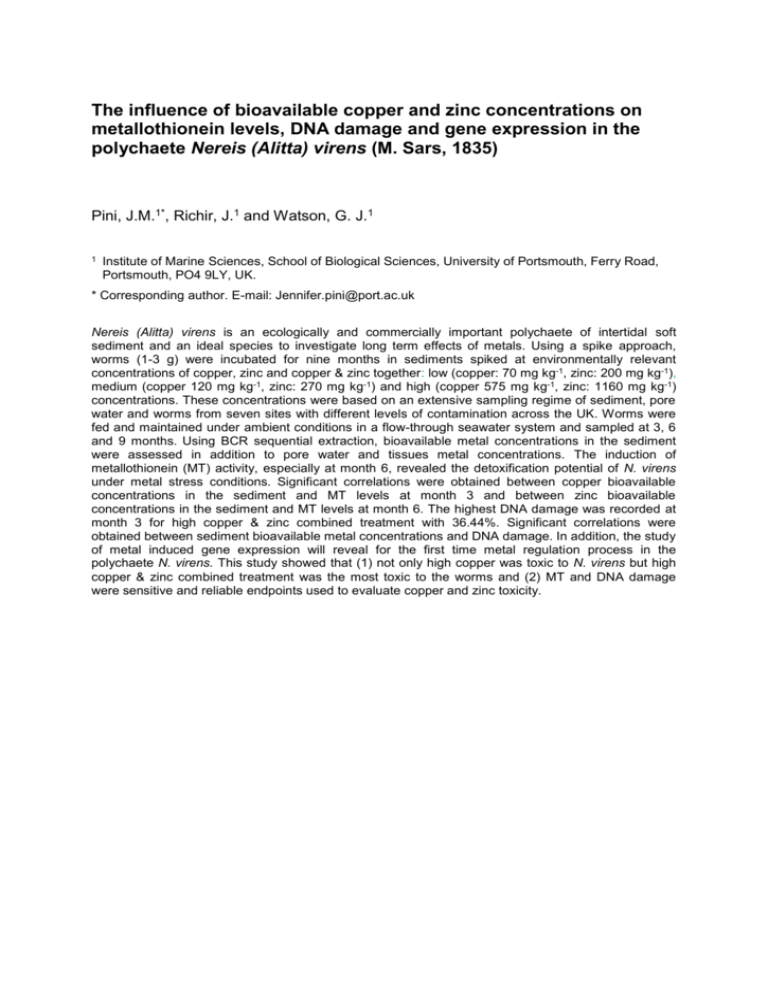
The influence of bioavailable copper and zinc concentrations on metallothionein levels, DNA damage and gene expression in the polychaete Nereis (Alitta) virens (M. Sars, 1835) Pini, J.M.1*, Richir, J.1 and Watson, G. J.1 1 Institute of Marine Sciences, School of Biological Sciences, University of Portsmouth, Ferry Road, Portsmouth, PO4 9LY, UK. * Corresponding author. E-mail: Jennifer.pini@port.ac.uk Nereis (Alitta) virens is an ecologically and commercially important polychaete of intertidal soft sediment and an ideal species to investigate long term effects of metals. Using a spike approach, worms (1-3 g) were incubated for nine months in sediments spiked at environmentally relevant concentrations of copper, zinc and copper & zinc together: low (copper: 70 mg kg-1, zinc: 200 mg kg-1), medium (copper 120 mg kg-1, zinc: 270 mg kg-1) and high (copper 575 mg kg-1, zinc: 1160 mg kg-1) concentrations. These concentrations were based on an extensive sampling regime of sediment, pore water and worms from seven sites with different levels of contamination across the UK. Worms were fed and maintained under ambient conditions in a flow-through seawater system and sampled at 3, 6 and 9 months. Using BCR sequential extraction, bioavailable metal concentrations in the sediment were assessed in addition to pore water and tissues metal concentrations. The induction of metallothionein (MT) activity, especially at month 6, revealed the detoxification potential of N. virens under metal stress conditions. Significant correlations were obtained between copper bioavailable concentrations in the sediment and MT levels at month 3 and between zinc bioavailable concentrations in the sediment and MT levels at month 6. The highest DNA damage was recorded at month 3 for high copper & zinc combined treatment with 36.44%. Significant correlations were obtained between sediment bioavailable metal concentrations and DNA damage. In addition, the study of metal induced gene expression will reveal for the first time metal regulation process in the polychaete N. virens. This study showed that (1) not only high copper was toxic to N. virens but high copper & zinc combined treatment was the most toxic to the worms and (2) MT and DNA damage were sensitive and reliable endpoints used to evaluate copper and zinc toxicity.

